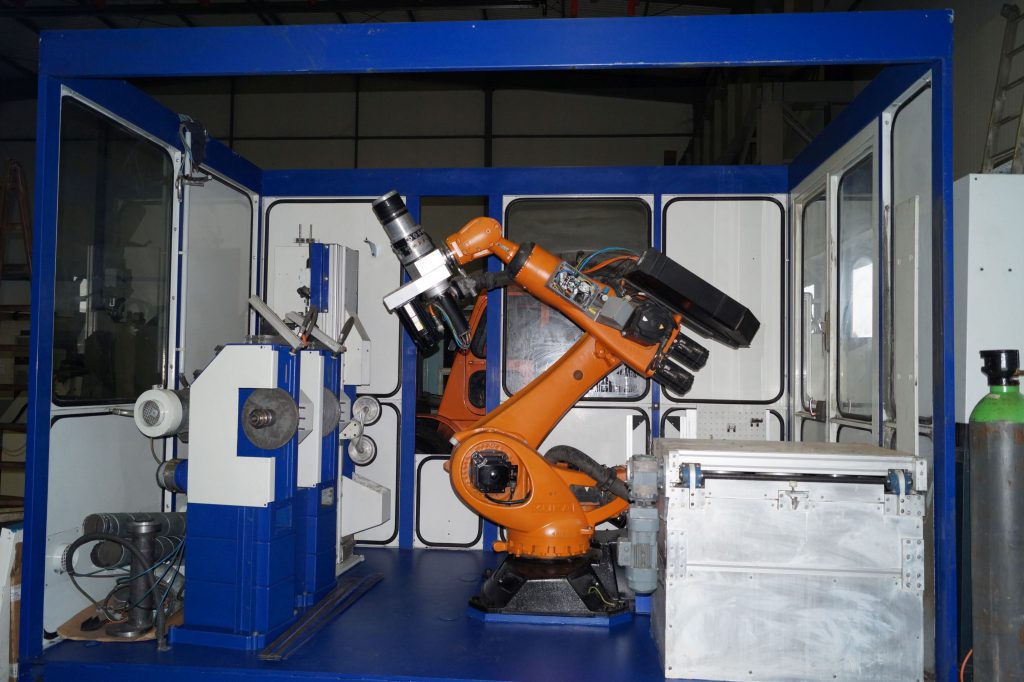
An industrial grinding machine is an indispensable tool in precision engineering and metal working. In a small factory or plant, grinding systems sharpen tools, grind surfaces, and trim parts to precise specifications. Automotive to space technology applications are diverse and universal.
We will show you the different types of grinding machines, their general application, and their applications in different industries in this ultimate guide.
A grinder or industrial grinder is a machine tool that uses an abrasive wheel as the cutting tool. The basic function is to grind the work surface of a workpiece. Grinding has the ability to achieve very fine finish and precise dimensions and therefore grinder systems find extensive application in industries where high precision is required.
Grinder systems never use single-point cutting, such as milling machines or lathes. Grinding machines use a wheel made of rotating abrasive particles.
There exist numerous types of industrial grinders, and each one of them is there for a given task and materials. Some of the most common types include the following:
Among the most frequent types, the surface grinder will prove to be the best one for offering a high-quality finish on plane surfaces. The work material is fixed on a reciprocating table under a rotating abrasive wheel. The machines have a broad application in tool rooms, die shops, and finishing of precision parts.
It is employed to grind the surface on the exterior of the cylindrical parts. The work piece is faced with the rotating grinding wheel while it is rotating and taper and straight grinding can be attained. It is utilized normally in the manufacture of axles, shafts, and other components of the cylindrical type.
Centreless grinders are cylindrical grinders without a chuck or a central axis. Workpiece is mounted on a blade and drawn through between two wheels – grinding wheel and regulating wheel. It suits mass production when uniformity and speed have to be obtained.
Internal grinders, as indicated by name, are employed on interior surfaces of workpieces. The wheel is tiny and is inserted within the workpiece in an attempt to grind bores or holes. They are utilized mostly in the precision tool-making and engine parts industry.
Employed primarily for grinding and cutting milling cutters, drills, and the like, this grinding machine is a common fixture in tool repair and tool making. Due to its precision and versatility, it finds use in prolonging the life of costly tooling equipment.
Common in most workshops and garages, the bench grinder is a hand-held manual grinder used for sharpening tools, stripping rust, or deburring parts. While less sophisticated compared to industrial grinders, it's an indispensable tool in routine maintenance procedures.
The uses of grinding machines are not just confined to ordinary sharpening. These are where they're primarily utilized:
While deciding on the most appropriate grinding machine, remember the following:
The role played by the grinding system in the present industrial scenario cannot be underscored. From precision surface finish to producing internal bores and cutting tool sharpening, grinding machines are tasked with providing precision and quality. Be you in a factory setting, fabrication plant, or specialty toolroom, the ability to select the right type of industrial grinder to use can be the deciding factor between productivity gain and the finish level.
Putting money into the proper equipment and keeping it in good condition assures generations of reliability, greater productivity, and consistent returns - all of them essential for competitiveness in the modern factory.